News
Home / News and Publications / NewsCreating a 3D digital specimen of a 400-year-old mango tree in the Dry Hot Valley
【Author:Tao Shengli】 【Time: Mar 10,2024】At the Dry-Hot Valley of Yuanjiang River Ecological Station in Yunnan Province, there is a mango tree that has survived for about 400 years.
It has a thick trunk and many leaves.

How tall and how big is this ancient tree? At the invitation of Mr. Wen Handong and Mr. Chen Chao from the Dry-Hot Valley of Yuanjiang River Ecological Station of the Chinese Academy of Sciences, Tao Shengli's team of researchers recently scanned the tree with a lightweight and small ground-based LiDAR, and calculated that the height of this mango tree is 18.19 m, the diameter at breast height (DBH) is 1.73 m, the area at breast height is 2.11 m2, and the crown spread is 26.27 m. The tree is a "mango" tree, which has been in use for over 400 years.
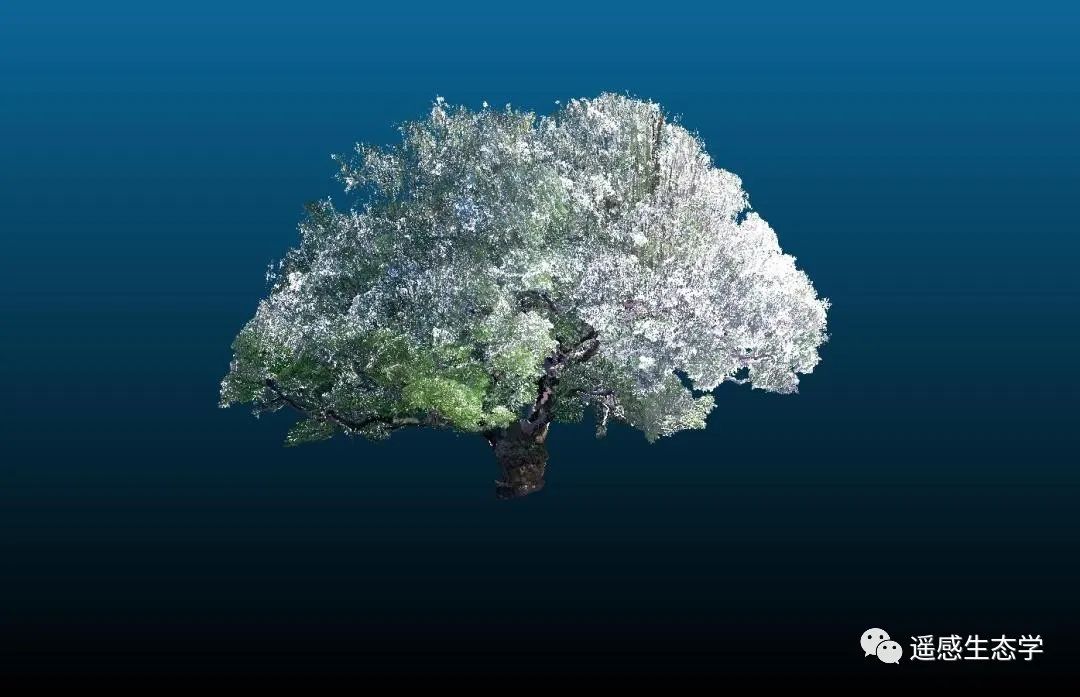


Mango is the popular name of "杧果". Mango is the fruit of the plant of the family Lacertidae, which is known as "the king of tropical fruits". Mango requires high growth temperature, the average annual temperature of 20 ~ 30 ℃ is more suitable for mango growth. The best conditions for mango growth coincide with the local natural climatic conditions in Yuanjiang County, thus Yuanjiang mango with high sugar content, pure flavor, beautiful fruit appearance characteristics, has always been praised by merchants around the world.
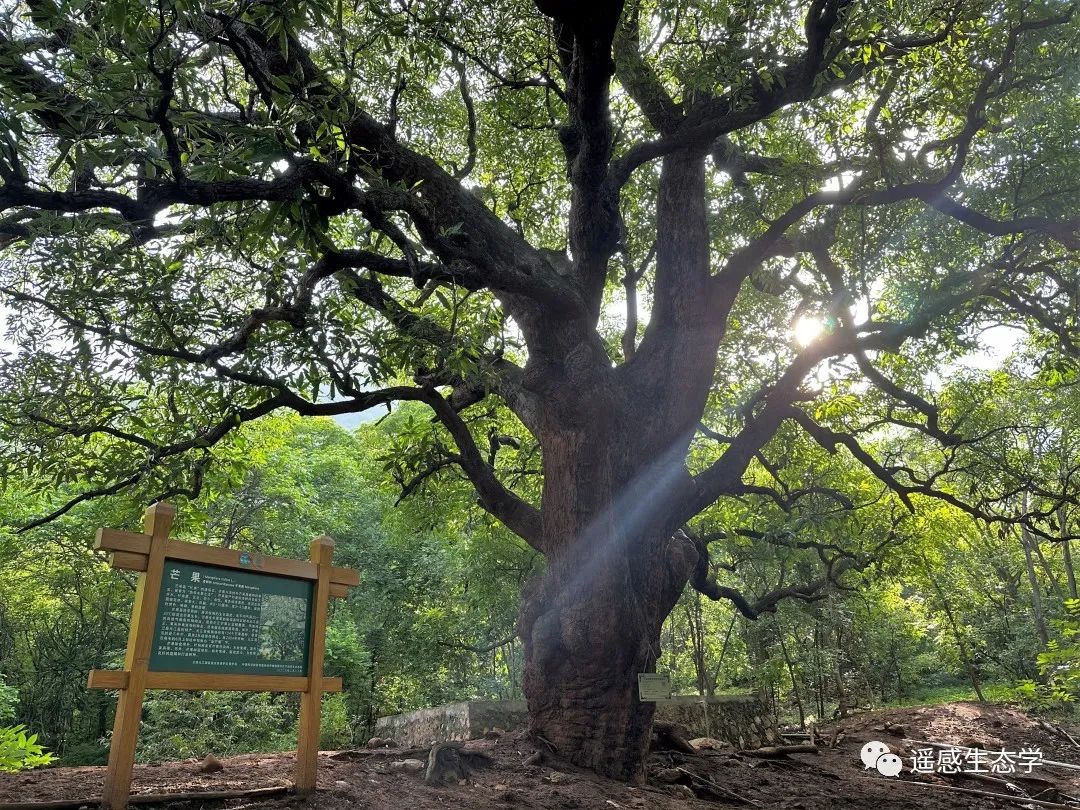
According to Wen Han Dong and Mr. Chen Chao, the exact age of this ancient mango tree is still controversial. The history of the local village can be traced back as far as the end of the Ming Dynasty, which is about 400 years ago. The local mango in Yuanjiang was probably imported from Guangxi in the Song Dynasty, so the age of this mango tree should be between 400 and 800 years. And Yuanjiang mango tree is far more than just this one, according to the history of mango in Yuanjiang this article proves that only Yuanjiang County urban area river, red river street has more than 1170 hundred years of mango trees, Yuanjiang local called local mango, should be the original Chinese mango varieties. At present, Yuanjiang County urban area ancient mango included in the first level of ancient trees (≥ 500 years) there are 23, the highest age of about 670 years, the diameter of the chest up to 1.5 meters or more 15. Compared with the ancient mango trees distributed in other regions of China, the age, diameter at breast height and circumference at breast height of Yuanjiang's ancient mango trees are the highest. Therefore, it is very likely that the original production site of Chinese mango is in Yuanjiang.
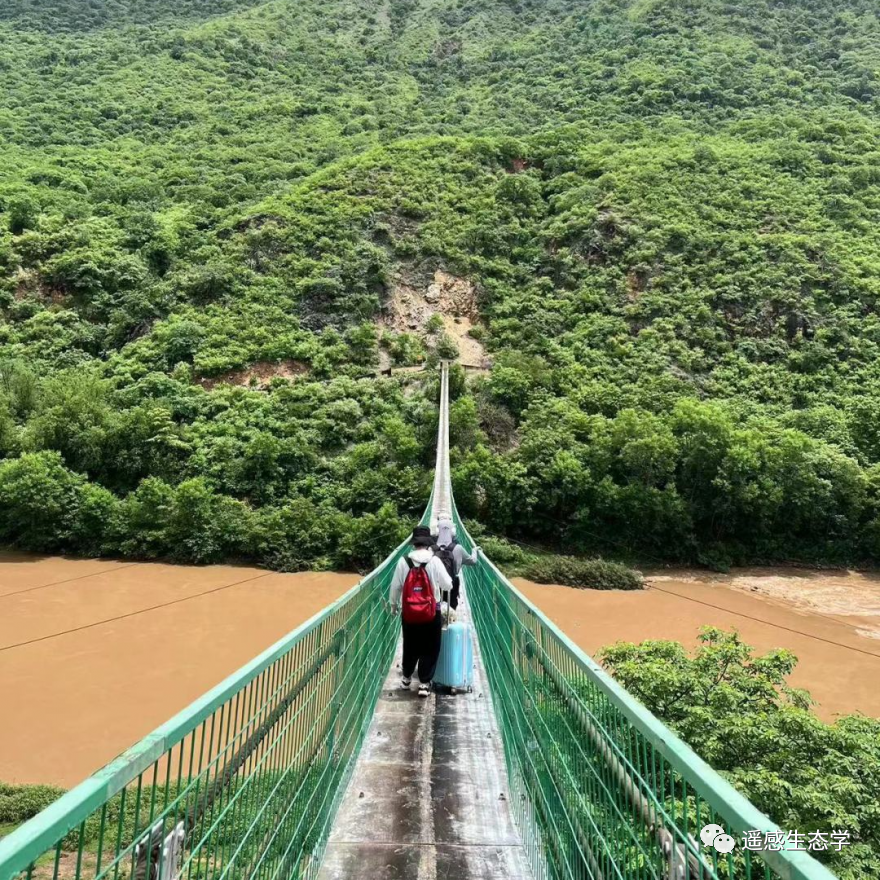
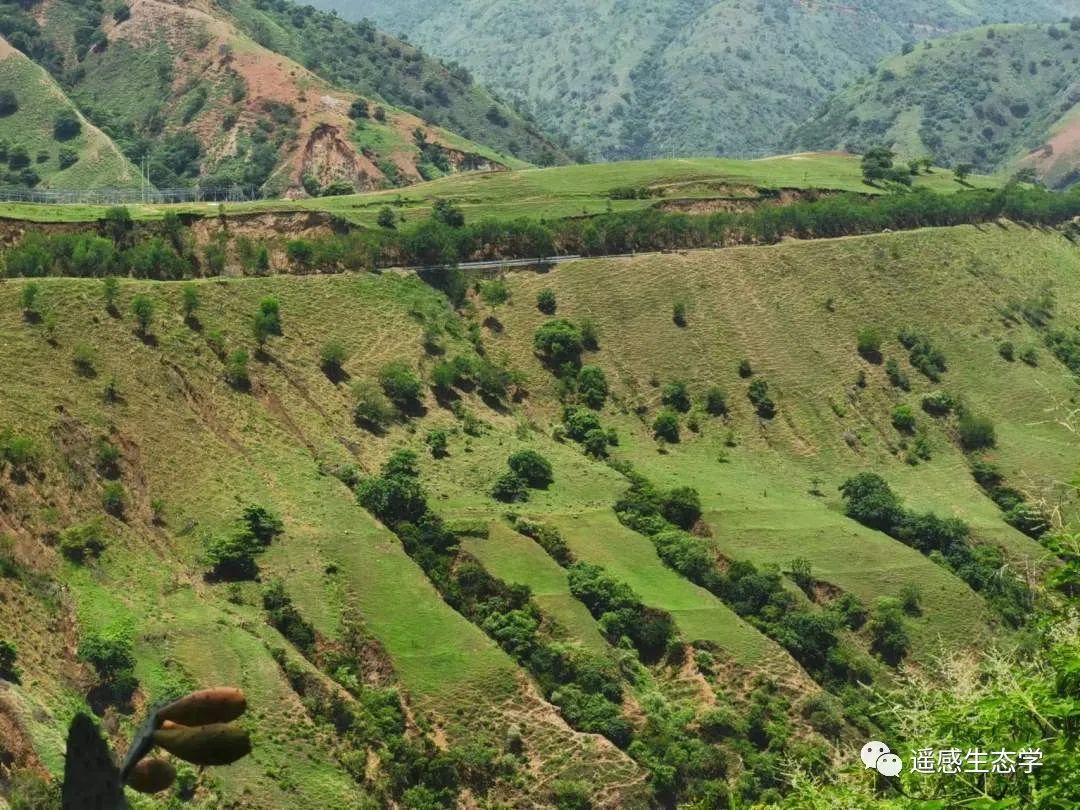
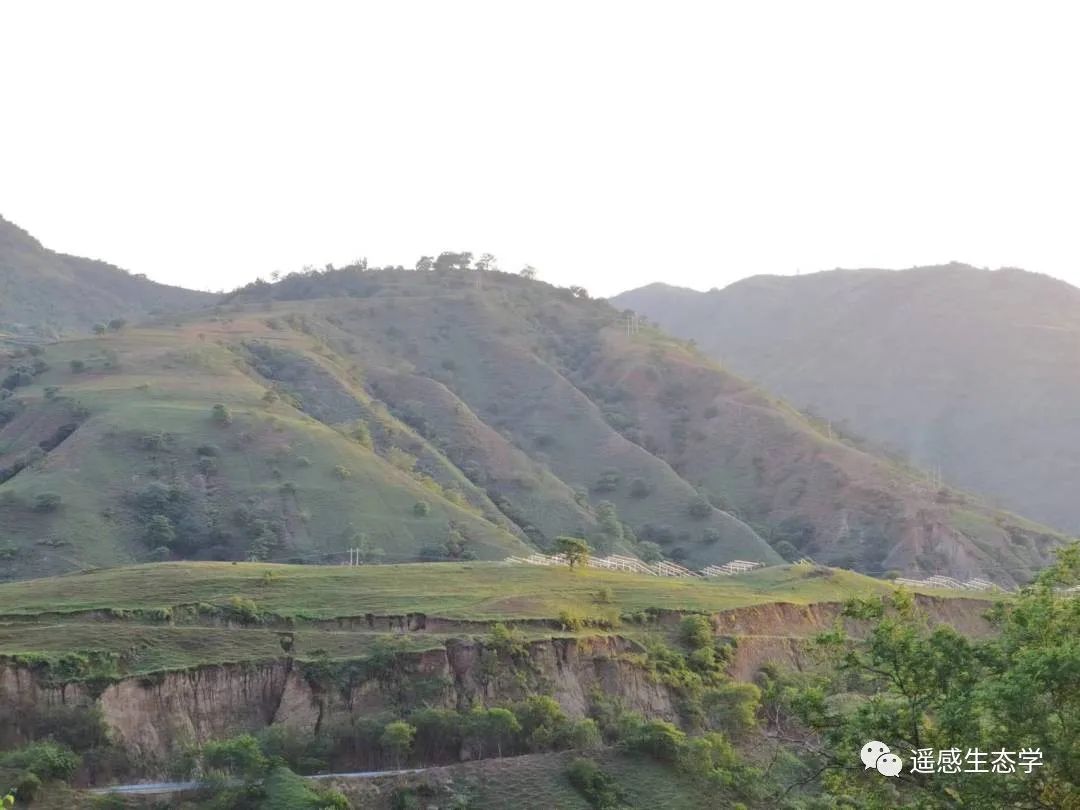
Oriental "Savanna"
In addition to a large number of ancient mango trees, Yuanjiang River also has a natural wonder - Dry-Hot Valley of Yuanjiang River-type rare trees, shrubs and grasses vegetation. The Yuanjiang River is characterized by high mountains and deep canyons on both sides of the river. When the southwest warm and humid air flow over the southwest side of the valley of the Mourning Mountains, the formation of a dry high-temperature wind, commonly known as "burning wind". Significant "burning wind effect" and closed geographical environment, so that the Yuanjiang River Valley has become China's hottest, driest river valley. Such a unique hot and dry climate has bred the Oriental "Savanna" - "sparse trees and shrubs" vegetation. This is why the Dry-Hot Valley of Yuanjiang River Ecological Station was established.
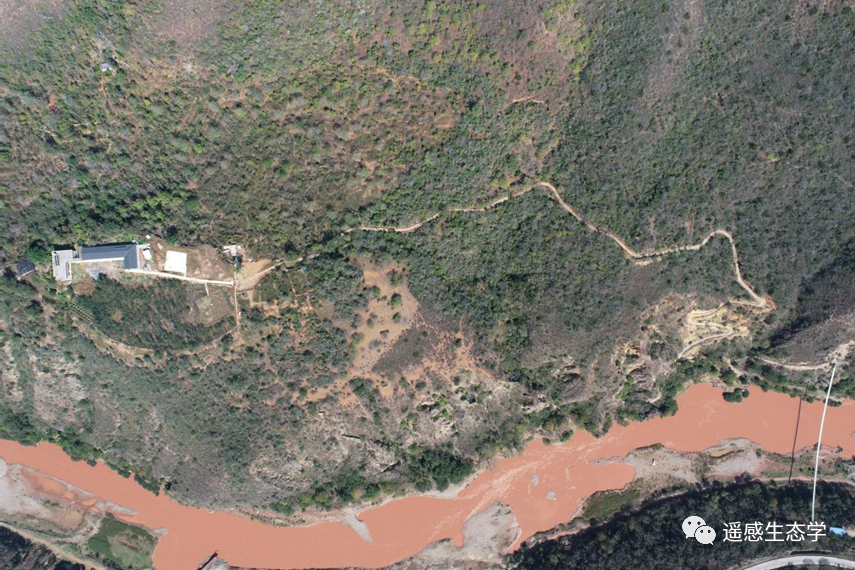
The Dry-Hot Valley of Yuanjiang River Ecological Station is affiliated with Xishuangbanna Tropical Botanical Garden of the Chinese Academy of Sciences, and was established in September 2011, which is the first ecosystem research station in Dry-Hot Valley of Yuanjiang River in China. The station is located in the Yuanjiang National Nature Reserve of Yunnan Province, at Pupiao Village, Nanhun Village Committee, Yuanjiang Street, Yuanjiang County, Yuxi City, 102°10′40″E, 23°27′56″N, at an altitude of 481 m. The station area has well-preserved typical vegetation types of the Dry-Hot Valley of Yuanjiang River, i.e., sparse shrubs, grasses, and fleshy thorned thickets, which is important for the study of the ecosystem succession process of the Dry-Hot Valley of Yuanjiang River and the degradation of the ecosystems. This provides a natural and ideal research base for the study of the succession process and pattern of vegetation ecosystems in the valley, as well as the restoration and reconstruction of the degraded valley ecosystems.
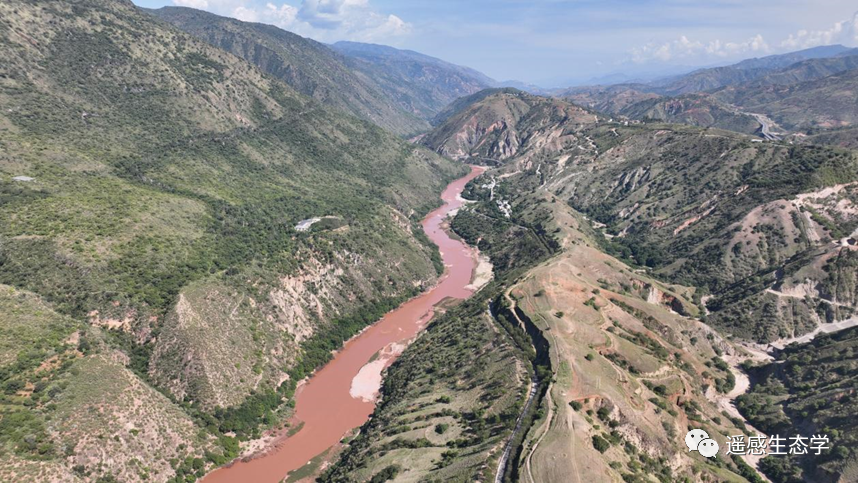
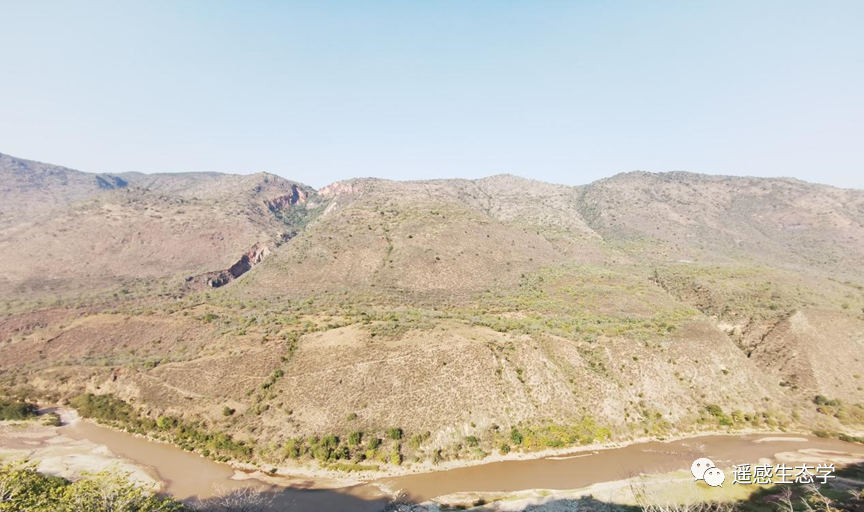
Yuanjiang Station takes the ecosystems of the dry and hot river valleys in the southwest of China as the main research object, and carries out research on the conservation biology of the dry and hot river valleys, the structure and function of the ecosystems, and the response and adaptation to the global climate change; and carries out scientific researches on the adaptive mechanism of the biodiversity to the dry and hot environmental stress, the impact of the human activities on the ecosystems' structure and function of the dry and hot river valleys, the restoration of the degraded ecosystems of the dry and hot river valleys, and the sustainable utilization and protection of special biological resources of the dry and hot river valleys. Scientific research on sustainable utilization and protection of special biological resources in the dry hot river valley.
Source of photos and text: Ecological Station of Dry-Hot Valley of Yuanjiang River
